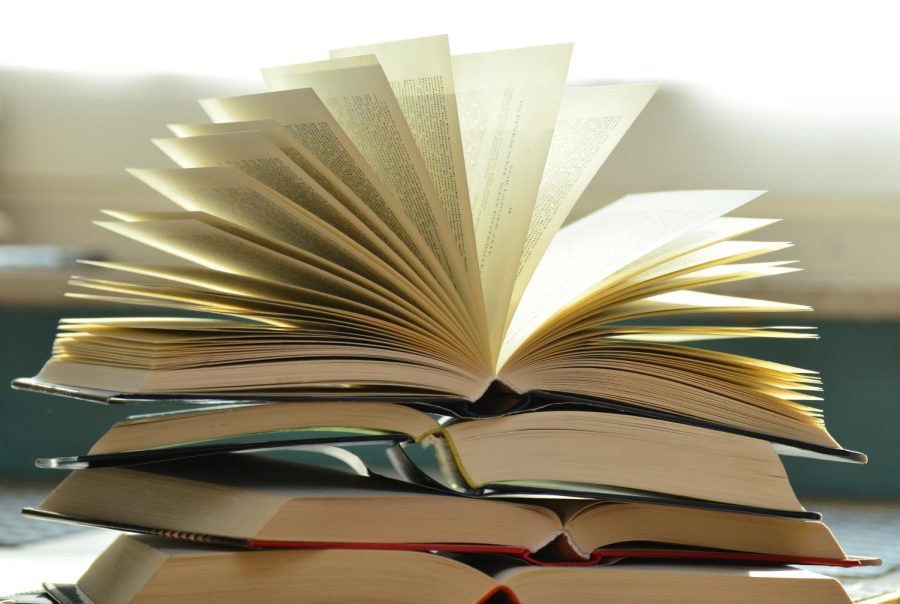Why Representation in Literature Matters
Percy Jackson or Harry Potter: Why I am Recommending the Olympian Series
Since the beginning of time, books have been a source of entertainment and enjoyment across the ages. Books ranging from the picture books you would read as a child, to the classics that have been long revered for their ability to withstand the test of time.
And because of the important weight of books in our society, it’s important that these books include diversity and representation. It exposes children to things that might be different from them, but for other children it shows characters just like them in the media that they consume.
In this article, I’m going to be examining two separate book series, revered as some of the best middle grade books, and both books have amassed a large following. Percy Jackson and the Olympians, and the Harry Potter series.
The Percy Jackson and the Olympian series have become a household name, the first book, Percy Jackson and the Lightning Thief released in 2005. This one book, following around the son of the Greek god Poseidon and his “half-blood” friends, has since spawned two sequel series, and two spin off series that all exist in the same world.
In contrast, Harry Potter and the Sorcerer’s Stone, the first book in the seven book series, was released in 1997. Although the world is not as vast in books, with only three companion books and a script for a sequel play set years after the original books, this book has become part of how a generation identifies. With it’s four house system and arbitrary traits assigned to each house, it’s become commonplace for people to identify themselves and each other as members of said houses.
I read Harry Potter when I was only six years old, my parents reading the series to me first, and then eventually I finished the book series on my own. I started reading the Percy Jackson books when I was finished with the Harry Potter series, and because more books were still being released, it was able to cure my sadness at the finishing of the Harry Potter series.
These two book series are regarded as the next classics, the things that children are introduced to, and they are a huge part of today’s culture. If you haven’t read or seen one of the Harry Potter movies, you’re considered a social pariah, even if you’re not a big reader. While some fandoms are large, but mostly underground, the Percy Jackson and Harry Potter fandoms are large and proud of it.
Onto the bigger issue that is at hand. The Harry Potter series is lacking in diversity, almost astonishingly so. The Harry Potter fandom is much greater and larger than the Percy Jackson fandom, but it has major holes in its diversity and representation.
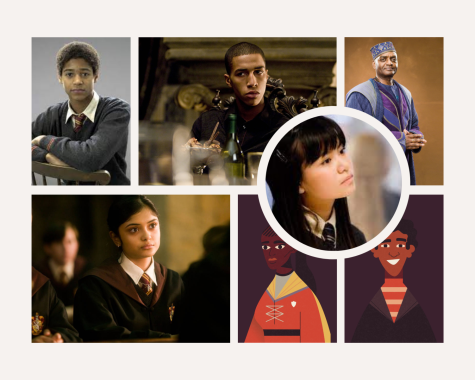
To start, there is a major lack of diversity in the appearance of the cast of characters. In fact, the few people of color in the series are almost entirely forgettable, because none of them are a part of the main cast, or get hardly any page time. These characters are, Cho Chang, Lee Jordan, Kingsley Shacklebolt, Angelina Johnson, Dean Thomas, Blaise Zabini, Parvati Patil, and Padma Patil. All of these characters play a major side role in the book series, and are often entirely forgettable. We know Cho Chang because she was a brief love interest of Harry Potter, along with one of the Patil twins, although I couldn’t tell you the difference between the two of them. Angelina Johnson and Lee Jordan are two years ahead of the main cast, and the only character that gets a remotely decent amount of page time is Dean Thomas, who is in the same year and house as the trio of the main characters.
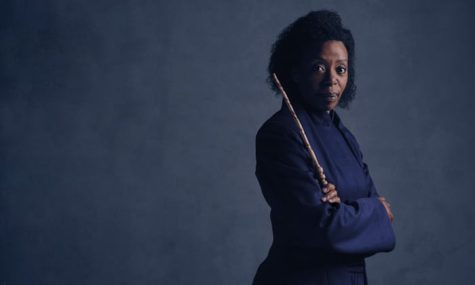
In the movies, all of the main characters are played by white actors, although in a play, Hermione Granger was played by a black actress, causing controversy when author JK Rowling claimed in a tweet that, “Canon: brown eyes, frizzy hair and very clever. White skin was never specified. Rowling loves black Hermione 😘.” Now, I personally don’t have a problem with Hermione being played by a black actress in a play version of a sequel to the book series. What I do have a problem with is that it feels like an afterthought, and in addition to making the book series seem more “woke’ and inclusive than it actually is. If Hermione was originally meant to have African origins, this should have been something that was made clear from the beginning, and I would have liked to see her being played by a black actress, rather than a white woman if that is what JK Rowling intended.
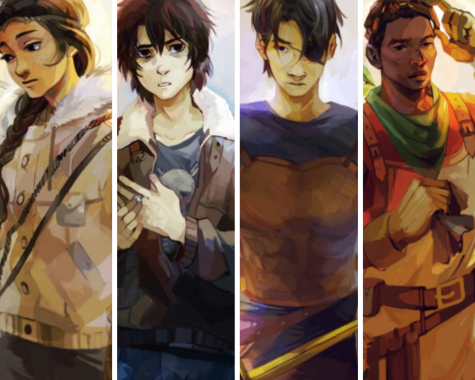
Now, the Percy Jackson original series can’t wash this off themselves either, as all three of the main characters are white, although Percy is described as looking slightly Mediterranean. There’s the Di Angelo’s, Nico and Bianca, who play a large role in the third book, and are Italian. Charles Beckendorf, who plays a minor role originally, but who actually becomes a large plot device later on, is African American. The final character in the original series is Ethan Nakanumura, who is described as being of Japanese descent.
But what the Percy Jackson universe as a whole has going for it diversity wise is that the later series and books are more inclusive of different races. Many of the main characters in the sequel series, The Heroes of Olympus, are people of color, including Piper McLean who is canonically Native American, Leo Valdez who is from Spanish/Mexican descent, and Frank Zhang, who is Chinese-Canadian. In the Kane Chronicles, many of the characters hail from Egyptian origins, including both of the main characters.
This is important, including diversity of races in book series, because this helps exposure to the real world, and it also provides heroes that people who aren’t white to believe in. It provides all children of color heroes that resemble them, and we’re seeing this in the increasing diversity of the Disney princesses.
Another thing that is commonly found lacking in the Harry Potter series is the representation of the characters. I’m going to be discussing representation of different sexualities, genders, and other things that diversity doesn’t quite touch on.
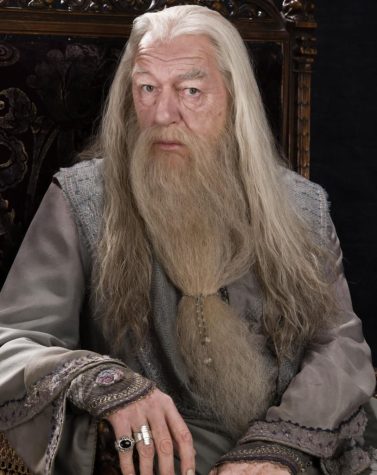
For instance, in the Harry Potter books there are no characters, main or not, that are shown in a same sex couple, or identify themselves as anything other than straight. There are many headcanons (for those who don’t know, that something that a fan comes up with that isn’t true to the books) of different characters belonging to the LGBT+ community, but nothing that is explicitly stated in the books. Now, here’s where this can be debated. Because JK Rowling has confirmed that Dumbledore was, in fact, gay.
She first stated this in 2007, after the publication of the series was finished, at a fan convention, stating that she, “always thought of Dumbledore as gay.” She’s been discussing this with fans several other times, and it’s come to the forefront as the “Fantastic Beasts and Where To Find Them” series, which features both a younger version of Dumbledore and Grindelwald (the man who Rowling claims Dumbledore was in love with). But we haven’t seen anything from the two of them that would indicate any sort of relationship. Sure, this might mean that they get some points for representation, but this is all such a stretch. If you just read the books, you wouldn’t know that Dumbledore is gay, and depending on whether you count the validity of the words of the author trying to make her series more woke and appealing to a younger generation, this is practically meaningless. It’s the same thing as before; it feels forced and like an afterthought.
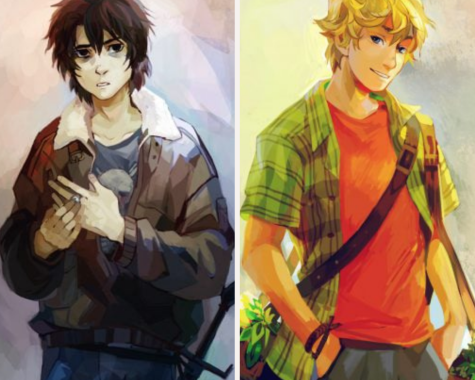
The Percy Jackson original series isn’t completely free of this either. The only LGBTQ character included in the original series is Nico Di Angelo, who had a crush on Percy Jackson himself. This is only confirmed in the sequel series, The Heroes of Olympus, where in Blood of Olympus he states, “For a long time,’ Nico said, ‘I had a crush on you. I just wanted you to know.’” Nico is going to be getting a book of his own, co-starring his male love interest Will Solace, sometime in the near future.
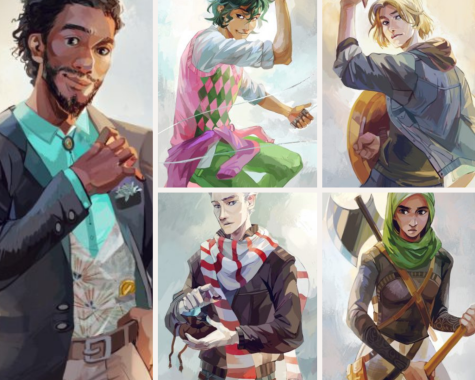
In the general Percy Jackson greater universe, the Magnus Chase and the Gods of Asgard series handles both diversity and representation very well. There’s the character Alex Fierro, who’s genderfluid, and the love interest of Magnus Chase, the main character. Also among the cast of main characters is Samirah al-Abbas, who’s a Muslim Valkyrie, and quite possibly one of the coolest characters ever. Her and her love interest were actually in an arranged marriage, but she fell in love with him anyways, and it’s one of the sweetest relationships. And then there’s Hearthstone and Blitzen, the two otherworldly characters in the series. Hearthstone is a deaf elf who speaks in sign language, and because of this mainly all of the main characters have learned sign language so that they can speak with him. And Blitzen is a person of color, he’s not exactly African American because he comes from the dwarven realm, Nidavellir.
Another thing that I can appreciate about the original Percy Jackson series, and all following books, is that Percy Jackson is neurodivergent. He’s got ADHD, and he’s dyslexic. And neither of those facts are treated like something that he has to overcome. He’s a hero with ADHD and dyslexia, not a hero despite his ADHD and dyslexia. In fact, many of the demigod characters in the Percy Jackson series are diagnosed with ADHD or dyslexia (or in the case of Frank Zhang, lactose intolerance). This is something that the Harry Potter series never touched on, not even after the fact.
Now, all this to say is that, it’s super important that we include diversity in books, especially in books that are targeting younger audiences. This is important because literature exposes children to the world around them, and it sets their expectations. And more than that, it gives little kids who don’t conform to the stereotypical hero that we’ve all been reading about, a chance to see themselves in a fictional character that looks like them, or acts like them, or has something similar to them.

